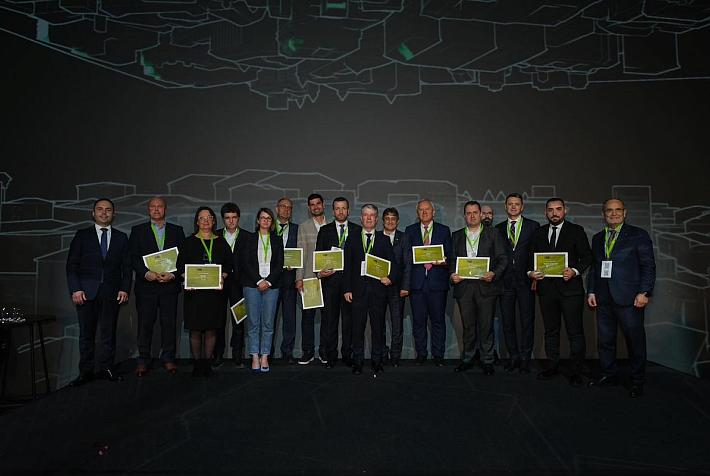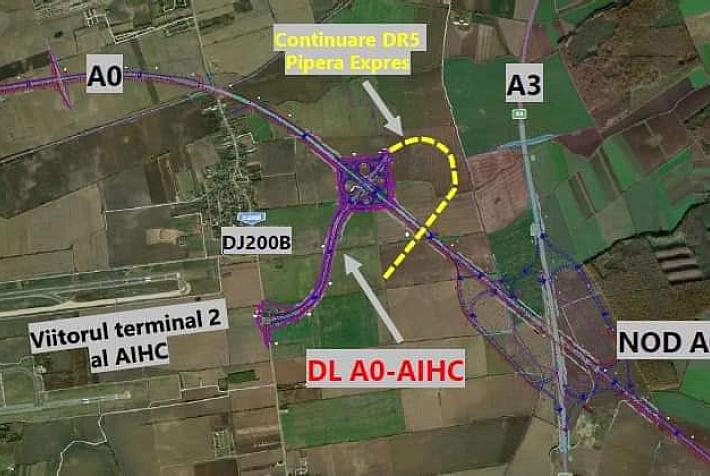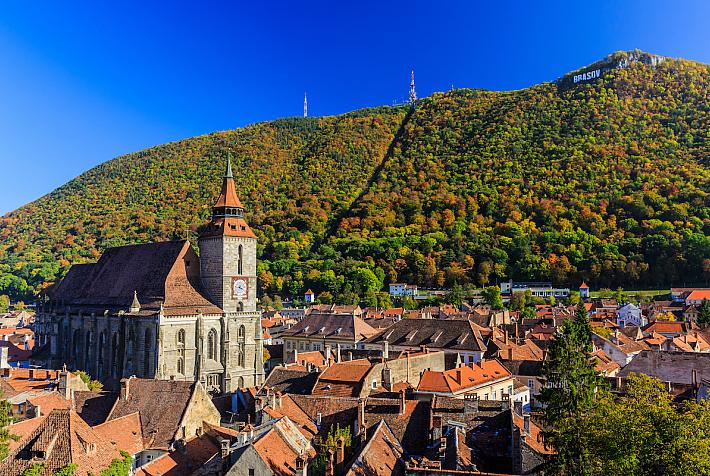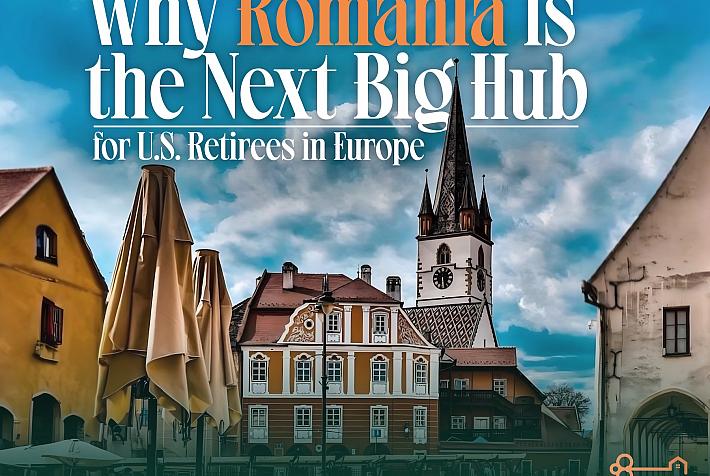YouTube becomes more of a news service, more users viewing and contributing news-based content
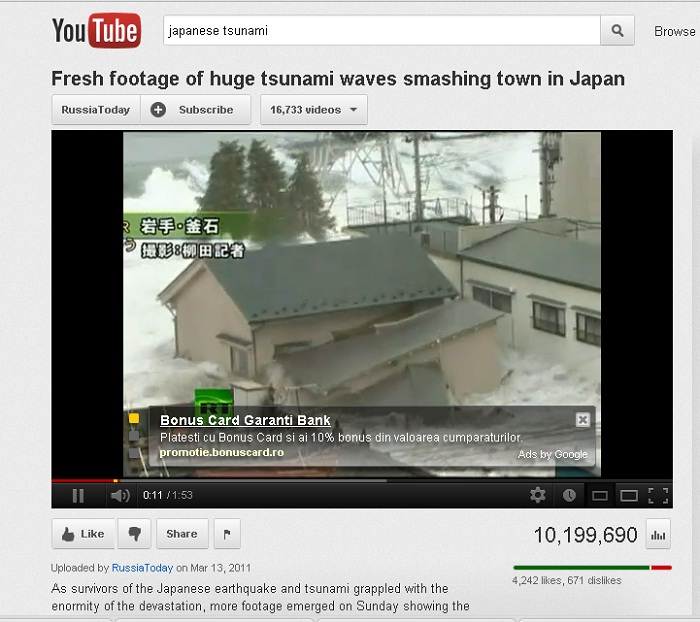 YouTube is leading a quiet revolution in how news is viewed. New research by the Pew Research Center's Project for Excellence in Journalism shows that more and more people are turning to YouTube as a source of current information, often viewing content from non-professionals – people who were on the spot and caught up in the action.
YouTube is leading a quiet revolution in how news is viewed. New research by the Pew Research Center's Project for Excellence in Journalism shows that more and more people are turning to YouTube as a source of current information, often viewing content from non-professionals – people who were on the spot and caught up in the action.
Between 2011 and 2012 a news related event was the most searched term in five months out of 15, according to the research. The Japanese tsunami is given as an example: in the week following the disaster the 20 most watched videos related to the tsunami recorded 96 million views. Natural disasters and political upheaval were the biggest generators of news traffic on YouTube.
The three most popular stories during the 15 months the study ran for were the aforementioned Japanese tsunami, followed by the Russian elections and finally the unrest in the Middle East. In Romania, the most viewed video of the protests earlier this year has recorded 236,676 views, a number that is far outstripped by popular Romanian entertainment based videos. However, it must be remembered that many of the views of the protests video would have come within a short timescale. A Romanian music video by Alexandra Stan is this week's top 100 on YouTube with 145 million views to date.
The research includes other key findings. It showed that in any given moment traffic for news related videos can be far higher than entertainment themed content, but, over the long term, the cumulative traffic for entertainment clips can far outstrip traffic for a single news item. News videos, it appears, are more transient than their entertainment brethren.
The role of the public in generating news content was huge – 39 percent of the most watched videos came from the public and although 51 percent carried the logo of a news company, the study found that some of the branded material appeared to have originated from non-professional members of the public. A further finding of the study was that YouTube news is not centered on personalities - a very low percentage of videos featured a particular figure, a politician for example. YouTube news, it appears, is event rather than personality driven.
According to the authors of the study, the results reveal “a complex, symbiotic relationship has developed between citizens and news organizations on YouTube.” The study suggests a dynamic situation of constant sharing backward and forwards between journalists and the public; taking it turns to generate and disseminate news. In this fluid situation, clear ethical guidelines are yet to be set, the study's authors believe. In this, the professionals and the public appear equally guilty – news organizations post material captured by the public without attribution, while the public posts copyrighted material.
Read the full report here.
Liam Lever, liam@romania-insider.com







